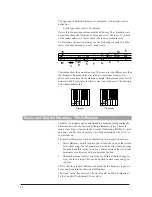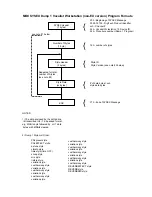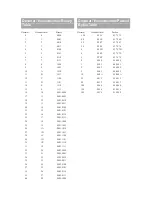
57
BASIC HARMONY CONCEPTS
Overview
A well-crafted vocal harmony can do a great deal towards enhancing a
musical selection. The contrast between a lone singing voice and a group
of voices signing together makes the music that much more interesting.
But harmonies can be somewhat difficult to understand, so in this chap-
ter, we will try and demystify this process. Discussed will be the concept
of Òmusically correctÓ harmonies and the difference between the two
essential harmony types utilized by the Vocalist Workstation EX:
Chordal harmony and Scalic harmony.
ÒMusically CorrectÓ
No, this isnÕt a variation of Òpolitically correctÓ, but it still implies a cer-
tain level of responsibility. This responsibility is to produce a combina-
tion of notes that is pleasing to sensibilities accustomed to the western
twelve tone scale.
Harmonies that are ÒcorrectÓ are referred to as being ÒDiatonicÓ which is
defined as:
¥
any melody or group of chords that conforms to a single scale or key.
To illustrate this, see the C major scale below. Whether you studied
music or not, youÕve no doubt heard it somewhere and could probably
sing it from memory.
A diatonic, correct harmony could be shown by simply taking all the
notes in this scale and moving them up one line on the staff. Notice in the
example below of a 3rd above harmony that the harmony notes shown in
grey belong to the scale.
If any of the harmony notes were sharped or flatted they would fall out-
side this particular scale and would not be diatonic. This theory holds for
all of the different types of scales such as major, minor, diminished, aug-
mented and wholetone.
C
D
E
F
G
A
B
C
E
F
G
A
B
C
D
E
C
D
E
F
G
A
B
C
Содержание VOCALIST Workstation EX
Страница 1: ...VERSION EX 1 2...
















































